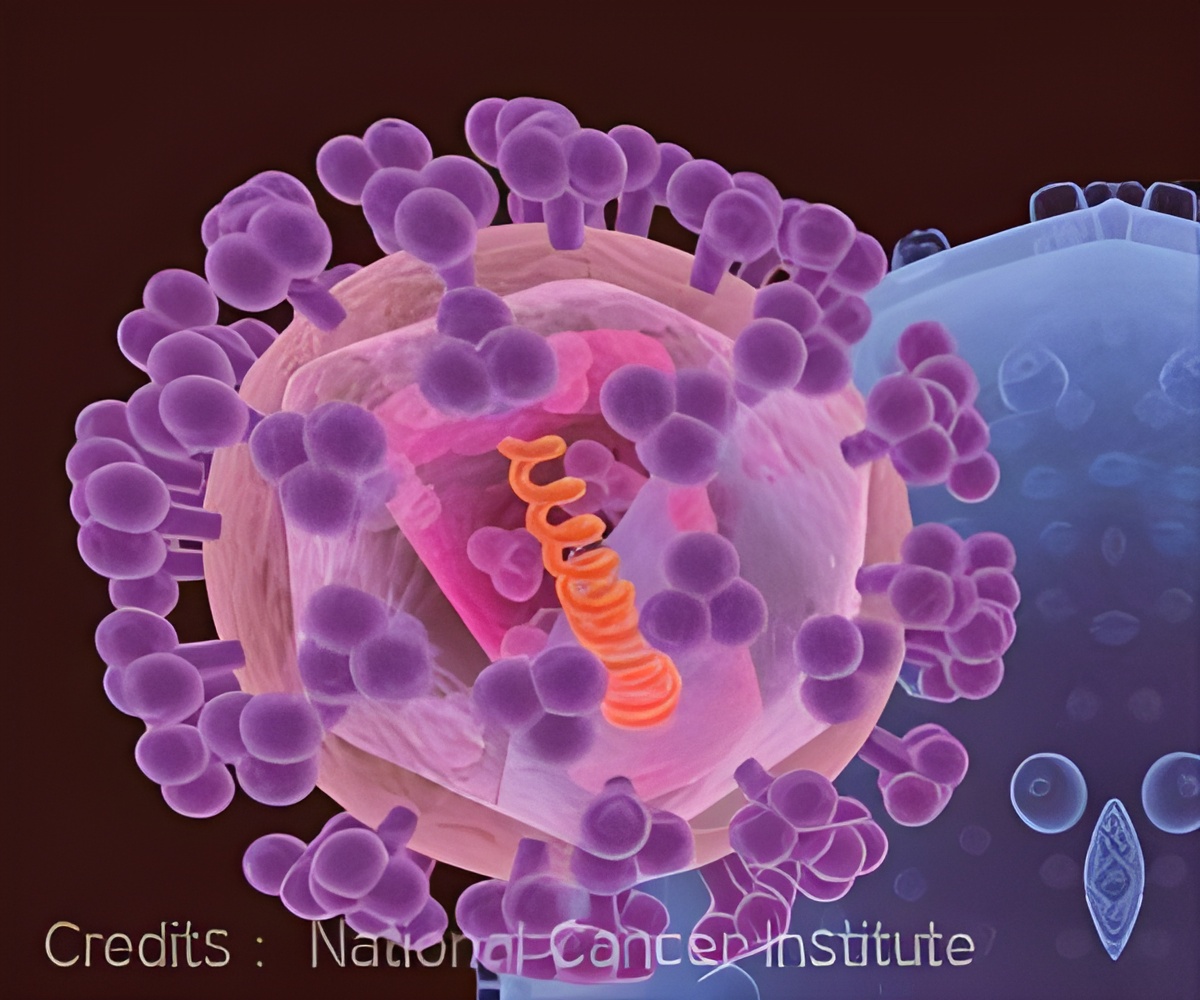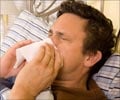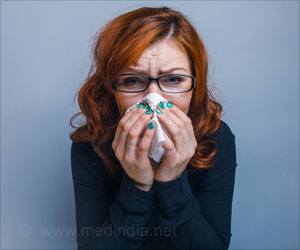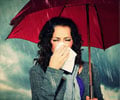
‘Continuous low doses of far ultraviolet C (far-UVC) light found to kill airborne flu virus without harming human tissues.’
Tweet it Now
Several years ago, Dr. Brenner and his colleagues hypothesized that a narrow spectrum of ultraviolet light called far-UVC could kill microbes without damaging healthy tissue. "Far-UVC light has a very limited range and cannot penetrate through the outer dead-cell layer of human skin or the tear layer in the eye, so it's not a human health hazard. But because viruses and bacteria are much smaller than human cells, far-UVC light can reach their DNA and kill them," he said. In their earlier studies, Dr. Brenner's team demonstrated that far-UVC light was effective at killing MRSA (methicillin-resistant S. aureus) bacteria, a common cause of surgical wound infections, but without harming human or mouse skin.
Influenza virus spreads from person to person mainly through fine liquid droplets, or aerosols, that become airborne when people with flu cough, sneeze, or talk. The new study was designed to test if far-UVC light could efficiently kill aerosolized influenza virus in the air, in a setting similar to a public space. In the study, aerosolized H1N1 virus--a common strain of flu virus--was released into a test chamber and exposed to very low doses of 222 nm far-UVC light. A control group of aerosolized virus was not exposed to the UVC light. The far-UVC light efficiently inactivated the flu viruses, with about the same efficiency as conventional germicidal UV light.
"If our results are confirmed in other settings, it follows that the use of overhead low-level far-UVC light in public locations would be a safe and efficient method for limiting the transmission and spread of airborne-mediated microbial diseases, such as influenza and tuberculosis," said Dr. Brenner.
At a price of less than $1,000 per lamp--a cost that would surely decrease if the lamps were mass produced-- far-UVC lights are relatively inexpensive. "And unlike flu vaccines, far-UVC is likely to be effective against all airborne microbes, even newly emerging strains."
Advertisement
Source-Eurekalert















